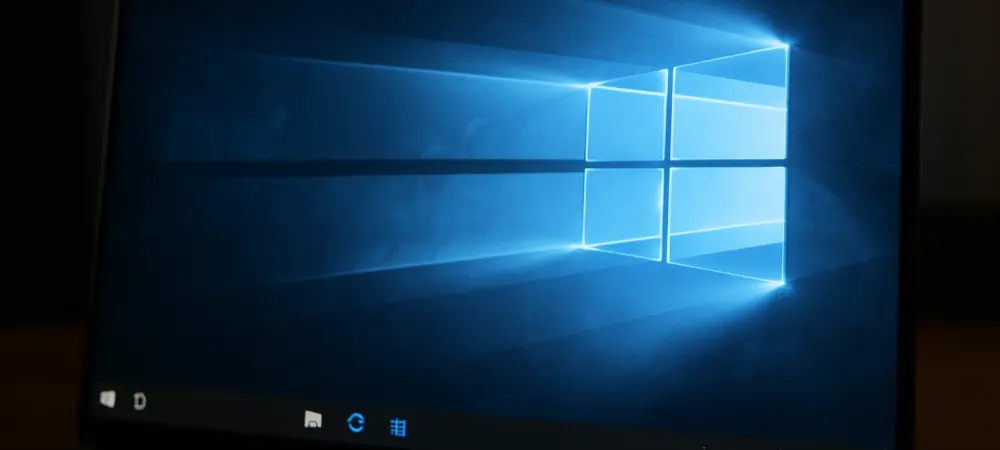In an ever-evolving technological landscape, it’s crucial for users to stay updated on the latest changes and adaptations by major companies like Microsoft. Today, we delve into these transitions with Dominic Jainy, a seasoned IT professional specializing in artificial intelligence, machine learning, and blockchain. His insights will help us understand Microsoft’s extended support for Windows 10 and what it means for users navigating these shifts.
Can you explain the reason behind Microsoft’s decision to extend the Windows 10 support deadline to 2026?
Microsoft extended the Windows 10 support to buy time for users and smooth the transition to Windows 11. With a significant number of devices still on Windows 10, they aim to provide additional support and security while encouraging upgrades to maintain a modern and cohesive ecosystem.
What are the implications for Windows 10 users once the October 14 deadline hits?
Once the deadline arrives, users with eligible Windows 10 devices must consider upgrading to Windows 11 to continue receiving free updates. Those without eligible devices must either enroll in the Extended Security Updates (ESU) program or risk potential vulnerabilities as their systems lack further security patches.
How did Microsoft handle the automatic installation of updates on Windows 10 and Windows 11 devices earlier this year?
Earlier this year, Microsoft took a more assertive approach by automatically installing updates like the Outlook client and the KB5001716 patch on Windows 10 and 11 devices. This strategy ensures users stay current with the latest features and security enhancements, though it drew criticism for limiting user control over installations.
What impact does Microsoft’s auto-installation of patches, like KB5001716, have on Windows 10 users?
The automatic installation of patches like KB5001716 ensures devices remain secure by addressing vulnerabilities proactively. Although it limits user control over system updates, it mitigates security risks for users who might otherwise delay critical updates.
What are the conditions under which Windows 10 users might be forced to upgrade to Windows 11?
Windows 10 users with hardware capabilities meeting Windows 11 requirements could be pushed to upgrade as support phases out. Additionally, Microsoft might automatically initiate the transition once a device reaches the end of its current support cycle to maintain security compliance.
How has the market share between Windows 10 and Windows 11 shifted recently according to Statcounter data?
Statcounter data reveals a paradigm shift where Windows 11 is catching up with Windows 10, marking a significant milestone as both hold nearly equal market shares. This indicates a growing acceptance and adoption of Windows 11 despite initial inertia from users accustomed to Windows 10.
What challenges do users with PCs not eligible for the Windows 11 upgrade face?
Users with non-eligible PCs face potential security vulnerabilities as their systems will not receive new features or patches unless they opt for the ESU program. They also miss out on performance improvements and new functionalities exclusive to Windows 11.
Can you elaborate on the options Microsoft is offering for the Windows 10 Extended Security Updates program?
Microsoft offers several ESU options, including using Windows Backup via OneDrive, redeeming Microsoft Rewards points, or a $30 payment. These options aim to provide flexible and affordable solutions so users can secure extra time while planning their upgrade strategy.
How does the use of Windows Backup with OneDrive limit the free extended updates for Windows 10 users?
Using Windows Backup with OneDrive allows users to leverage free ESU for Windows 10. However, the limitation arises because the free OneDrive space might be insufficient for users with extensive local files, potentially necessitating additional storage purchases.
How has the shipping of desktops to enterprise customers in Europe impacted PC sales and revenue year-over-year?
An uptick in desktop shipments to European enterprises has significantly boosted PC sales, contributing to a 17% revenue increase year-over-year. This trend highlights a robust demand for updated hardware in professional environments as organizations adapt their infrastructure.
What strategic moves are Microsoft and PC OEMs making to push users toward buying new Copilot PCs?
Microsoft and OEMs are working strategically to urge users towards new Copilot PCs by emphasizing enhanced security and future-proofing. Their campaigns stress the benefits of modern devices over extending support for older systems, leveraging urgency and technological advancements.
What critical factors will shape the decision-making process for users regarding their PC upgrades in the coming months?
Decisions will likely revolve around cost, device eligibility for Windows 11, the potential risks of unsupported systems, and the benefits of upgraded hardware like Copilot PCs. Users will weigh these factors alongside personal needs and budget constraints to decide on future upgrades.
How does Microsoft plan to support users transitioning to new PCs according to Yusuf Mehdi’s statement?
Yusuf Mehdi reassured users of Microsoft’s commitment to facilitating smooth transitions by offering support through the ESU program and additional resources. His statement indicates a focus on alleviating the migration process and ensuring that users remain protected during this period.
What does the enrollment process for the Extended Security Updates entail, and how will notifications assist users?
The ESU enrollment process involves a streamlined wizard available through system notifications and settings, allowing users to easily select their preferred extension option. This accessibility intends to simplify the procedure and encourage proactive engagement before the deadline.
What could be the potential impact of Microsoft’s recent offer on the Windows 10 support landscape?
Microsoft’s latest offer to extend support could relieve immediate pressure on users, potentially delaying mass transitions to Windows 11. It reflects a shift in strategy, aiming to ease users into the upgrade while maintaining system security, which could stabilize the support landscape for the foreseeable future.

